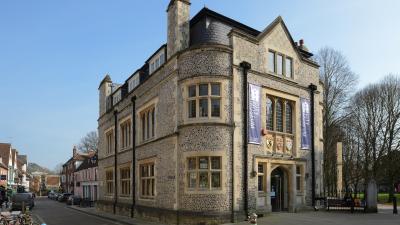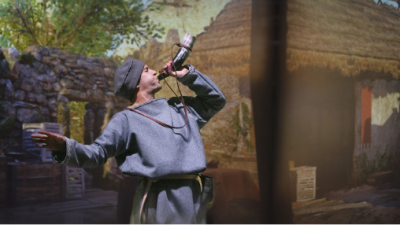Not many finer spots in England.
To many, the words of politician and journalist William Cobbett in 1830 still hold true today. Nestled at the edge of the South Downs, Winchester holds an unrivalled position in the history of England. Ancient capital of Alfred the Great’s Anglo-Saxon kingdom, witness to The Anarchy, powerhouse of medieval monarchs, resting place of Jane Austen and immortalised as Wintoncester in Hardy’s Wessex, the city and its heritage are unique.






























